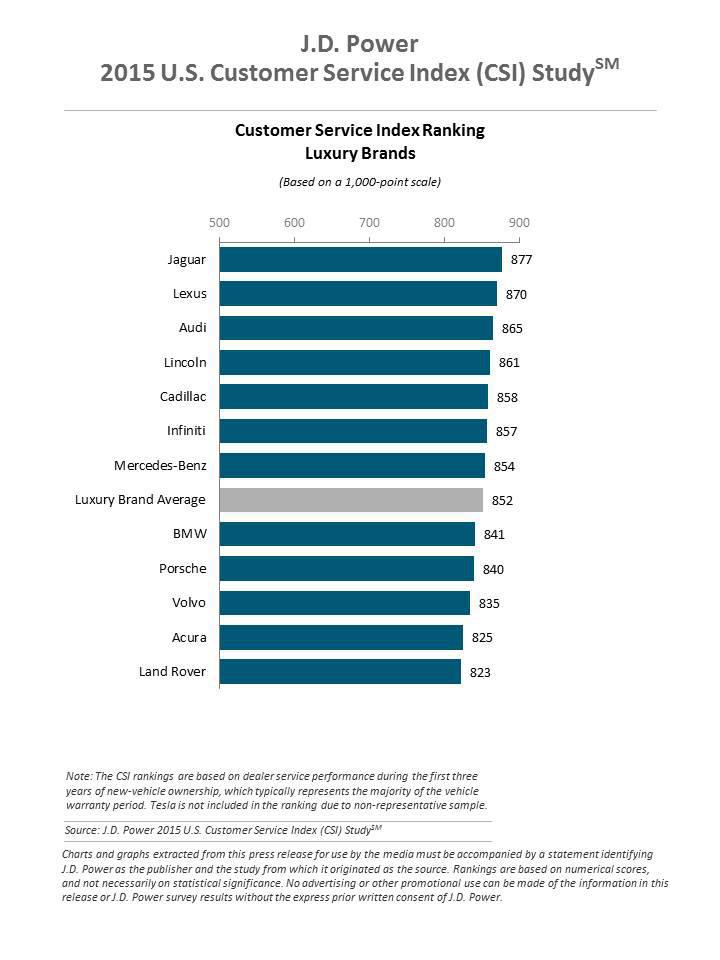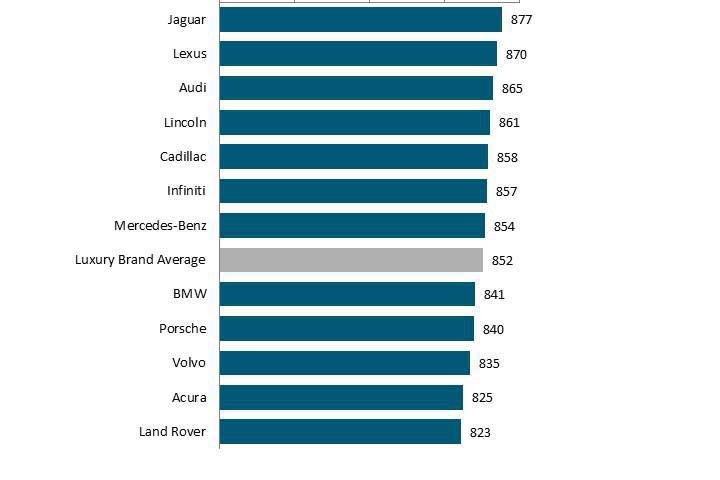
Alex’s Lemonade Stand Foundation for Childhood Cancer
Fighting childhood cancer, one cup at a time.
Main menu
Understanding CAR T Cell Immunotherapy
CAR T cell immunotherapy could suggest promise for many children battling relapsed ALL. ALSF-funded Youthful Investigator, Dr. Rebecca Gardner at Seattle Children’s Hospital, pictured above, helped a youthful chick reach remission for her relapsed leukemia.
More and more research is focused on harnessing the body’s immune system to target and ruin cancer cells. One type, known as CAR T cell immunotherapy, is suggesting fresh hope and cures to patients with relapsed acute lymphoblastic leukemia (ALL). Here’s everything you need to know about CAR T cell immunotherapy:
Immunotherapy recruits the body’s own immune system to identify and kill cancer cells. Cancer cells hide from the immune system—convincing the bod that they belong. As a result, cancer cells can grow without interference. Immunotherapy treatments activate the individual’s immune system so it can see cancer cells among the healthy cells, stop them from growing and kill existing cancer cells.
T cells are a type of white blood cell that works with the body’s immune system to help identify and ruin foreign invaders—like a virus. T cells show up when the assets identifies an infection or injury; they replicate quickly in order to attack. Once their job is accomplish, the T cells decrease in number. When a child has leukemia, the T cells cannot see the cancer cells and therefore, they do not go to work fighting the cancer cells, as they would a virus.
What is the “CAR” part of CAR T cell immunotherapy?
CAR stands for “Chimeric Antigen Receptor.” This lab-created cell modification takes the blindfold off T cells, permitting them to recognize cancer cells.
Making a T cell “see” cancer cells starts with collecting a child’s T cells. Then, those T cells are genetically modified with the addition of the chimeric antigen receptor (that’s the CAR part). The chimeric antigen receptor permits T cells to see the cancer cells. Once the child receives the freshly modified T cells, the immune system goes to work. The T cells multiply, attacking the cancer until it is gone. CAR T cells have shown remarkable success in the treatment of relapsed leukemia and have the potential to be a implement in the fight against other childhood cancers such as brain tumors and neuroblastoma.
What are side effects of CAR T cell immunotherapy?
Modified T cells release cytokines, which are chemical messengers that help the T cells demolish foreign invaders. Sometimes, there can be a rapid release of cytokines and this can cause utterly high fevers and extreme drops in blood pressure. Several researchers have used complementary therapies to stop cytokine release syndrome and are also working to understand the genetic drivers of cytokine release syndrome.
What potential does this have for other types of cancer?
For now, CAR T cell immunotherapy offers the most promise for leukemia. However, understanding how modified T cells attack blood cancers can lead to more discoveries on how these cells could also lead to cures for solid tissue tumors.
Who has CAR T cell immunotherapy helped?
CAR T cell immunotherapy could suggest promise for many children battling relapsed ALL. In our Spring two thousand seventeen newsletter, we collective the story of how ALSF-funded Youthfull Investigator, Dr. Rebecca Gardner at Seattle Children’s Hospital helped a youthfull woman reach remission for her relapsed leukemia. Read more here.
